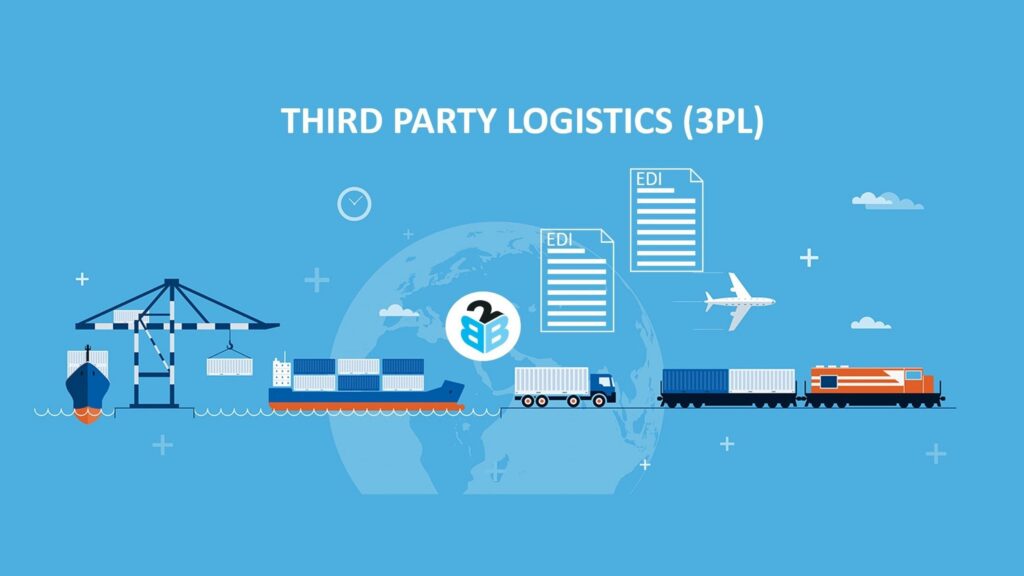Running a business means making tough decisions about where to spend your time and money. Logistics often becomes one of those areas where you need outside help. Whether you’re shipping products for the first time or reconsidering your current setup, choosing the right third-party logistics (3PL) provider can make or break your operations.
This guide walks you through the essential steps to evaluate 3PL providers. You’ll learn what to look for, what questions to ask, and how to make a decision that fits your business needs and budget.
Understanding What You Actually Need
Before you start shopping around, get clear on your current situation. Document your shipping volume, seasonal patterns, and pain points. If you ship 100 packages a month during slow periods but 500 during peak season, that information matters.
Write down your current costs. Include shipping fees, packaging materials, storage space, and the time you spend on logistics. Many business owners underestimate these hidden costs until they see them on paper.
Consider your growth plans too. If you expect to double your volume next year, factor that into your evaluation. A provider that works great for your current size might struggle with rapid growth.
Step 1: Research Potential Providers
Start with a broad search but narrow it down quickly. Look for providers that specialize in your type of products and shipping volume. A 3PL that handles massive retail operations might not give your smaller business the attention it needs.
Check their geographic coverage. If most of your customers live on the West Coast, a provider with warehouses only on the East Coast will cost you more in shipping fees and delivery times.
Read reviews from businesses similar to yours. Pay attention to complaints about communication, billing accuracy, and how they handle problems. Every provider will have some negative reviews, but look for patterns in the feedback.
Step 2: Evaluate Cost Structure
3PL pricing can get complicated fast. Providers might charge for receiving inventory, storing products, picking orders, packing, shipping, and various other services. Some include certain services in their base price while others charge separately for everything.
Ask for detailed pricing sheets that break down every potential fee. Watch out for these common charges that catch businesses off guard:
Storage fees often increase after your inventory sits for a certain period. Setup fees for new accounts can range from hundreds to thousands of dollars. Minimum monthly charges apply even if you don’t use their services much. Special handling fees for oversized or fragile items add up quickly.
Compare total costs, not just individual line items. A provider with higher storage fees might have lower shipping rates that save you money overall.
Step 3: Assess Their Technology Capabilities
Your 3PL’s technology needs to work with your existing systems. Most businesses use some form of inventory management, accounting software, or e-commerce platform. The 3PL should integrate with these tools without requiring major changes to your workflow.
Ask about their warehouse management system. Can you see real-time inventory levels? How quickly do they process orders? What happens if there’s a problem with an order?
Look for basic reporting features. You should be able to see shipping costs, inventory levels, and order accuracy without calling them for updates. Good providers offer online portals where you can access this information anytime.
Test their integration process during your evaluation. If they claim to work with your software, ask for a demonstration or trial period to see how well it actually works.
Step 4: Check Scalability Options
Your business will change over time. The 3PL you choose should handle growth without forcing you to switch providers again in two years.
Ask about their capacity limits. How much additional volume can they handle during peak seasons? What happens if your business grows faster than expected?
Understand their geographic expansion options. If you plan to serve new markets, can they add warehouses in those areas? Some providers have networks that make expansion easier.
Consider their service additions. As you grow, you might need services like gift wrapping, custom packaging, or return processing. Check if they offer these services or can add them later.
Step 5: Review Service Level Agreements
Service level agreements (SLAs) protect your business by setting clear expectations. Look for specific metrics like order processing time, shipping accuracy, and inventory accuracy.
Common SLAs include same-day processing for orders received before a certain time, 99.5% or higher order accuracy, and specific timeframes for responding to customer service requests.
Pay attention to what happens when they miss these targets. Do they offer credits or refunds? Some providers have strong SLAs on paper but weak enforcement when problems occur.
Step 6: Test Their Customer Service
Good customer service becomes critical when problems arise. During your evaluation, pay attention to how responsive and helpful their team is.
Call them with questions at different times of day. How long do you wait on hold? Do they return voicemails promptly? Test their email response times too.
Ask current customers about their service experience. Most providers can connect you with references who can share honest feedback about working with them.
Consider their account management structure. Will you have a dedicated contact person, or do you call a general number each time? Dedicated account managers usually provide better service for growing businesses.
Step 7: Examine Their Track Record
Experience matters in logistics. Look for providers that have been in business for several years and have experience with businesses like yours.
Check their financial stability. Logistics providers that go out of business can leave you scrambling to move your inventory and fulfill orders. Look for established companies with solid reputations.
Ask about their insurance coverage. Your inventory needs protection while it’s in their care. Make sure they carry adequate insurance and understand what’s covered.
Review their compliance certifications if you ship regulated products. Some items require special handling or storage conditions that not all providers can meet.
Making Your Final Decision
After evaluating multiple providers, create a simple comparison chart. List the top three to five candidates and score them on the factors most important to your business.
Don’t choose based on price alone. The cheapest option often costs more in the long run through poor service, hidden fees, or limitations that hurt your business growth.
Start with a trial period if possible. Many providers offer short-term contracts or pilot programs that let you test their services before making a long-term commitment.
Plan your transition carefully. Moving logistics operations takes time and coordination. Work with your chosen provider to create a timeline that minimizes disruption to your business.
Moving Forward
Choosing a 3PL provider is a significant decision that affects your customers’ experience and your bottom line. Take time to evaluate your options thoroughly rather than rushing into the first attractive offer.
Remember that your relationship with a 3PL provider should evolve as your business grows. Regular reviews and open communication help ensure the partnership continues to serve your needs.
The right 3PL provider becomes an extension of your team, handling logistics so you can focus on growing your business. Invest the time upfront to choose wisely, and you’ll see the benefits in improved efficiency, lower costs, and better customer satisfaction.



